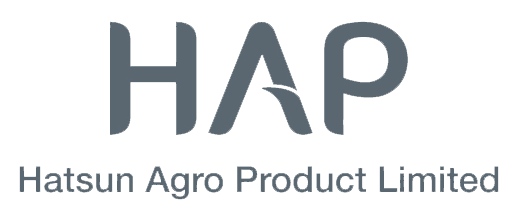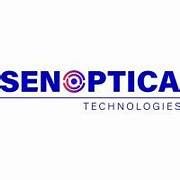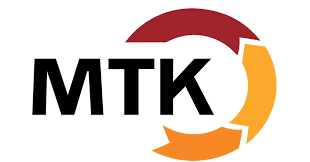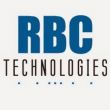
PolyTaksys GmbH
PolyTaksys GmbH develops smart labels in the field of printed electronics with its own R&D team and laboratory. These are intelligent labels that have various sensory capabilities, properties that measure temperature and humidity in conjunction with the factor of time and that, as a packaging component, create the communicative interface directly to the user.
With the opening time control and the dynamic best-before date, two products are prepared for use in the food sector. They serve to sell controlled freshness of refrigerated food in the everyday consumer environment. Depending on the product, the Smart Labels support the preservation of the best possible manufacturer quality of a product from production through the entire supply chain to the individual product handling of the user.
The Foodstuffs Newspaper (Lebensmittelzeitung) calls our product of opening time control: “The label that can talk!”
The technology can be adapted for product security in uncertain environmental conditions, e.g. in logistics, in the pharmaceutical sector or in security printing.
We have developed the products of the opening time control as well as the dynamic best before date ready for mass production. The products are based on the technology of lateral anodic oxidation of a nanoscale aluminium layer, which is without external energy source and is influenced by external conditions such as temperature and humidity. The process progress of the dynamic function can be perceived as a sharp phase boundary between metallic aluminium and the already oxidised, optically transparent area (like the opening of a curtain). This front serves as a status bar to expose information defined according to requirements behind the aluminium. Depending on environmental influences, this happens faster or slower, i.e. consumption periods are individually and independently extended or shortened, consumption recommendations are signalled and eating up is supported. Target production costs of up to less than 1 cent/piece were achieved in mass production, depending on the quantity.































